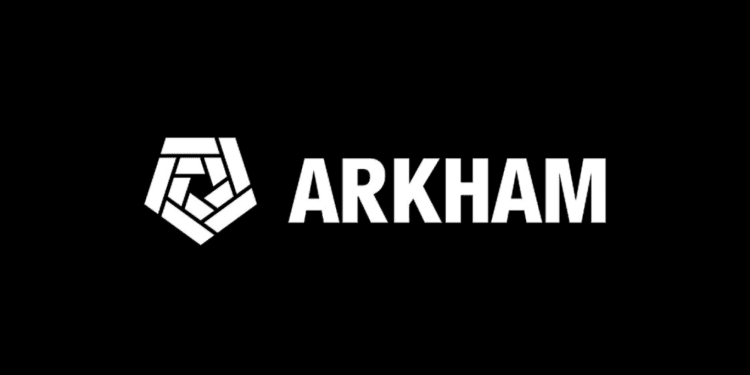- The Arkham Intel Exchange allows blockchain researchers to monetize their on-chain findings.
- The exchange uses a bounty system where users post a bounty requesting information, which is then fulfilled by the researchers, who are given a bounty reward for their work.
- Anyone can post a bounty but must lock up a specific amount of crypto with the bounty as a reward. Bounty rewards fund the exchange and incentivize researchers to provide on-chain data.
On-chain analytics firm Arkham Intelligence has just launched the Arkham Intel Exchange, a major step forward in the company’s mission to deanonymize blockchain data for increased transparency.
This exchange is the first marketplace for blockchain data, incentivizing blockchain sleuths to monetize their skills and on-chain insights. Within Web3, unless a protocol or project announces an update directly, most trending news headlines are sourced from blockchain explorers, where cryptocurrency transactions are tracked in real-time.
Combing through blockchain data is tedious, time-consuming, and technically challenging. Still, due to the goldmine of information extracted from this research method, there is a massive demand for on-chain analysis.
How Arkham Intel Exchange Works
The marketplace operates with a bounty mechanism when matching buyers and sellers. Users post a bounty requesting specific on-chain data then a researcher fulfills the bounty by providing the requested data.
When posting a bounty, users must lock up a certain amount of crypto with the bounty to act as a reward. Users who fulfill bounties, known as “bounty hunters,” are granted bounty rewards as compensation for their research and providing the requested information.
There are no limitations on the type of bounties that can be posted. For example, the kind of bounty posted might be a request to locate the wallet address of a hedge fund. Arkham may slash bounty rewards for spam submissions or in cases where the on-chain data provided is of poor quality and doesn’t fulfill the bounty regarding information requested.
Exchange Parameters
When a bounty is fulfilled, there is a 90-day period where only the user who originally posted the bounty gets access to the provided on-chain insight. This access is granted as soon as the bounty is fulfilled and the Arkham Foundation approves and validates the bounty response to ensure the on-chain data provided matches the bounty’s requested info and is of merit.
After 90 days, the provided on-chain data becomes open source and is published to the Arkham platform, accessible to anyone. The purpose of the 90-day holding period is to give the purchaser of the intelligence with a dedicated timeframe to use the information they acquired. It ensures that the requested intelligence is not restricted forever and can eventually benefit the wider community.
Public bounties are available where multiple users can contribute to posting a singular bounty by locking up an equal amount of crypto allocated to the bounty reward. By doing so, each user who contributes to the bounty gains access to the data during the 90-day holding period. This allows for a distributed funding approach and enables multiple individuals to benefit from the intelligence acquired through the bounty.
Suppose multiple users contribute to posting a bounty, but one wants to remain the sole recipient of the provided on-chain data once the bounty is fulfilled. In that case, they can attempt to buy out the bounty’s other contributors. That user would be required to purchase the equivalent value of the other contributor’s locked crypto so that the bounty reward wouldn’t change.
Conclusion
While this exchange could potentially revolutionize the way on-chain data is disseminated, there are still some things to address.
Firstly, it remains to be seen how market prices for categories of on-chain data and bounty reward rates will be determined. Will finding the wallet addresses of hackers be worth more than identifying potential rug pulls based on outflow data?
Will users posting bounties come up with reward rates based on how valuable they consider the requested information to be? Or will bounty hunters set reward rates based on how difficult the information is to source and validate?
Secondly, beyond owning the exchange, what gives the Arkham Foundation authority to determine if bounty responses are of high quality if the sleuths are the ones providing a highly specialized and difficult skill?
Thirdly, how much crypto will users be required to lock up as a bounty reward when posting a bounty? Will the amount be a flat fee, or will the amount fluctuate depending on the category of bounty?
A lot of subjectivity is involved with what on-chain insight people find valuable and interesting. While the launch of the Arkham Intel Exchange highlights the growing demand for on-chain analytics and sets a precedent for a need for increased transparency, is it too soon to tell if this marketplace will democratize Web3 data or if it will limit accessibility by placing key metrics behind a bounty paywall.














